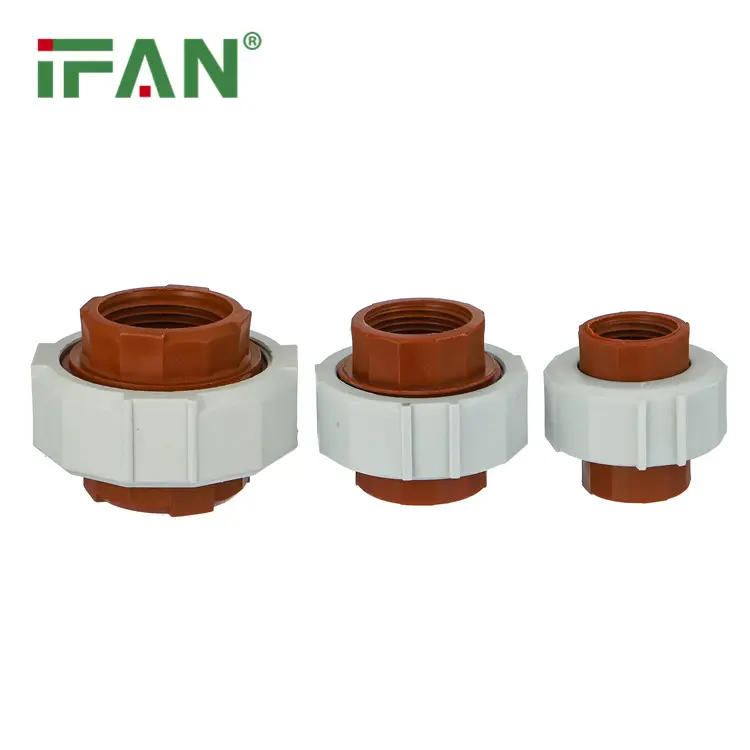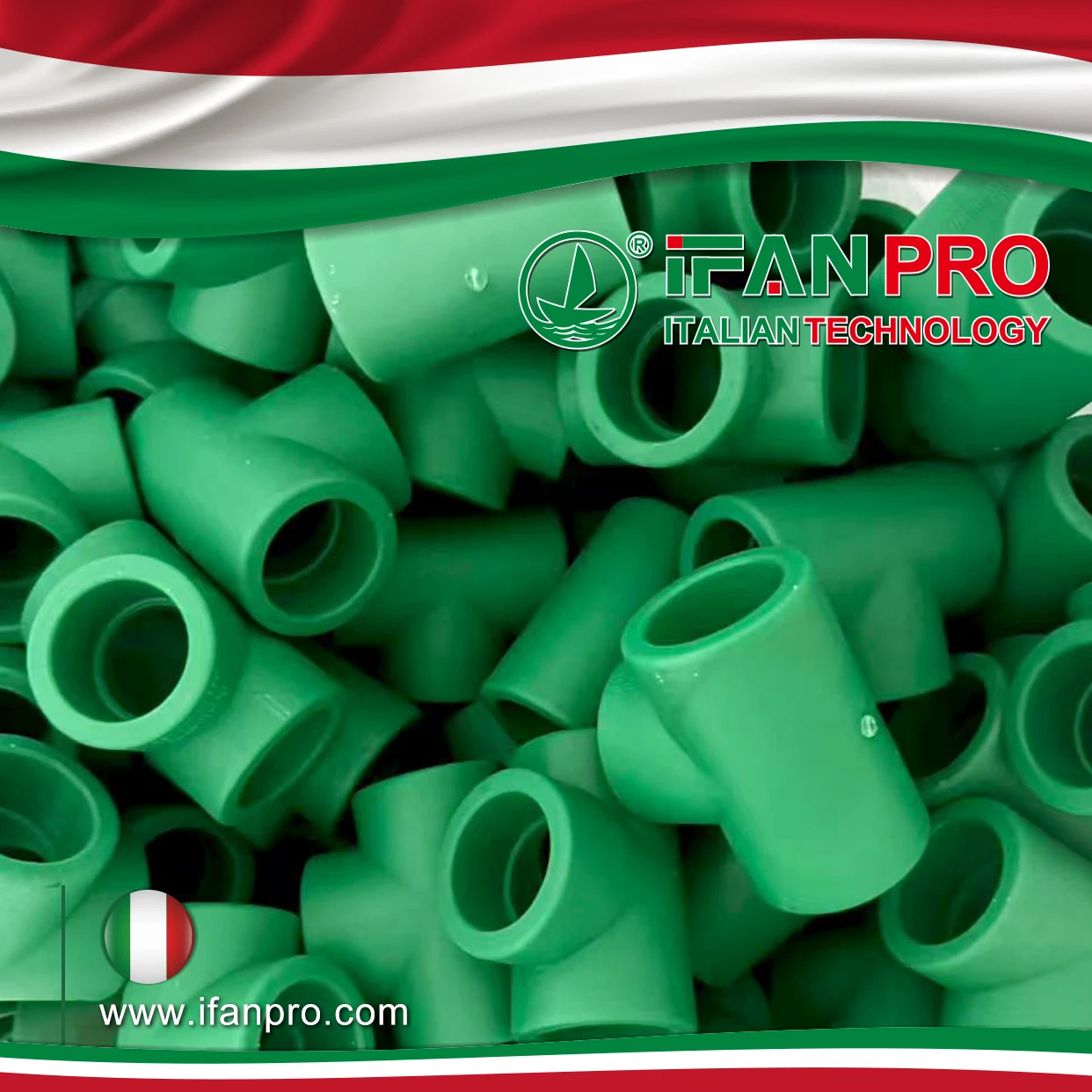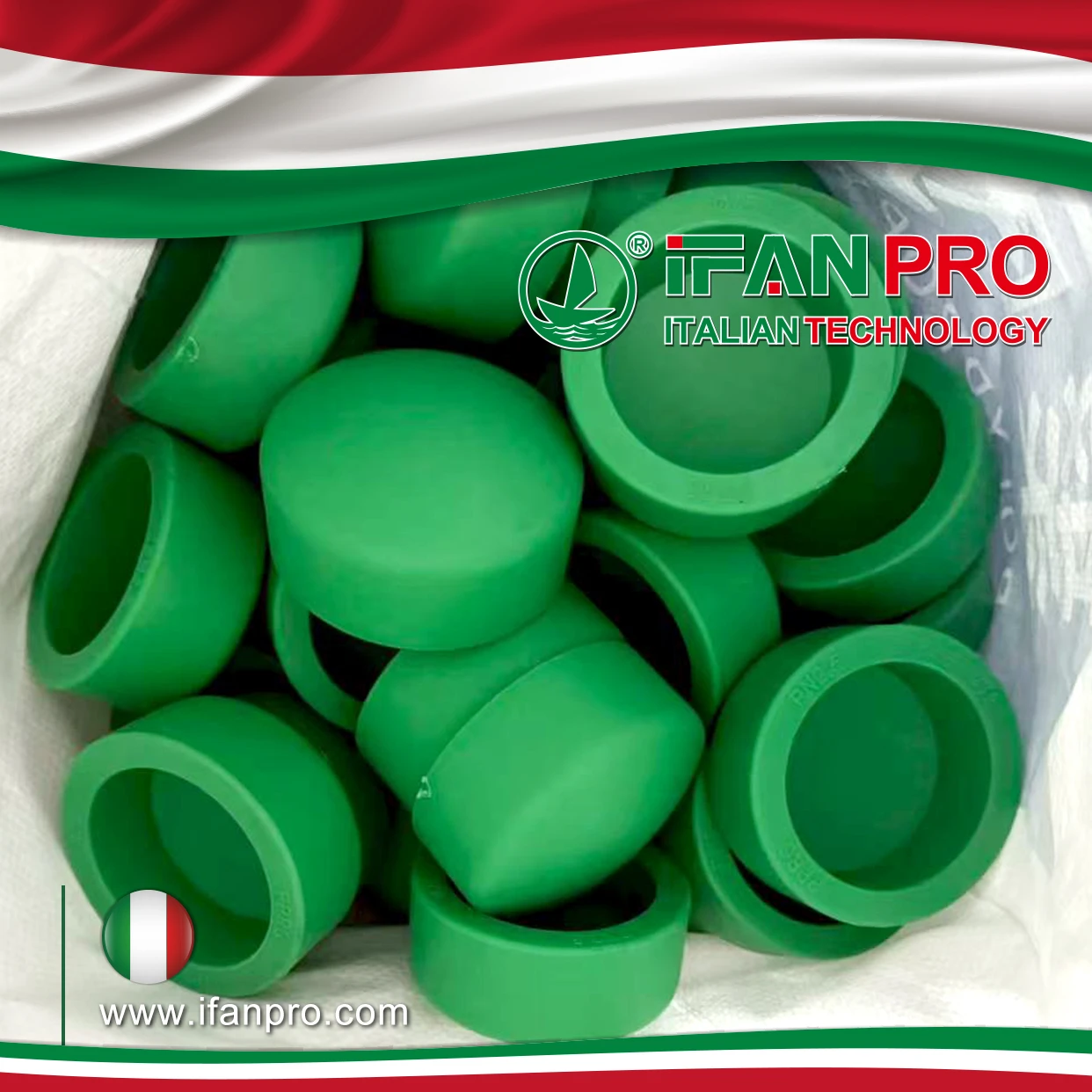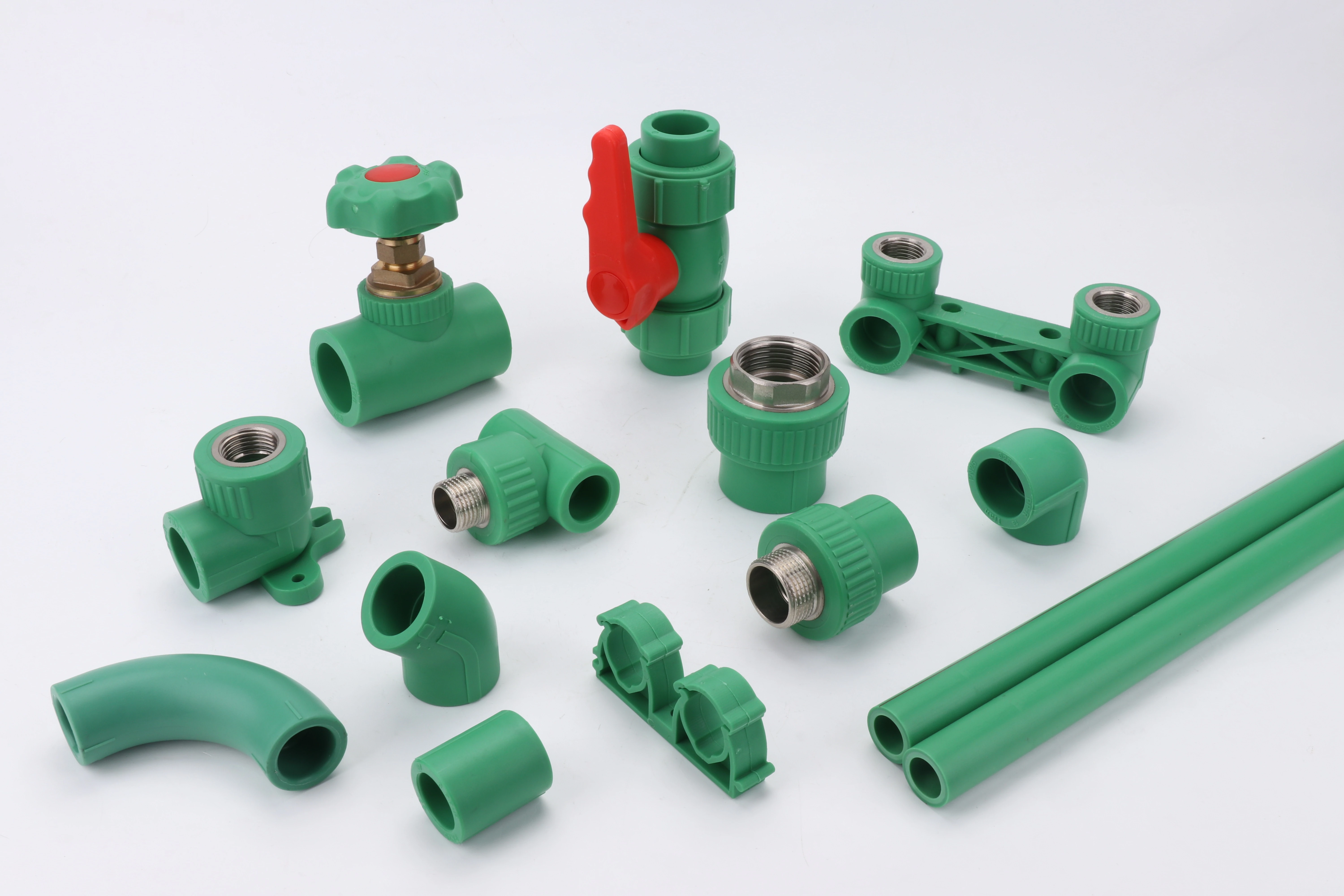What Are 703 PPH Fittings Union?
703 PPH fittings union represent a specialized category of polypropylene homopolymer pipe connections. These fittings excel in chemical processing applications. The “703” designation refers to specific material grade standards.
PPH material offers superior chemical resistance compared to standard polypropylene. Temperature tolerance reaches 100°C consistently. Pressure ratings accommodate industrial demands effectively.
Key Benefits of 703 PPH Union Fittings
Chemical Resistance Excellence PPH material withstands aggressive chemicals. Acids, bases, and solvents pose minimal threats. Industrial environments benefit significantly from this durability.
Temperature Stability Operating temperatures range from -10°C to 100°C. Thermal expansion remains controlled. Performance consistency maintains across temperature variations.
Easy Installation Process Union design enables quick disconnection. Maintenance becomes straightforward. System modifications require minimal downtime.
Cost-Effective Solution Lower installation costs compared to metal alternatives. Reduced maintenance expenses over time. Longer service life provides excellent ROI.
Applications for 703 PPH Fittings Union
Chemical Processing Industry
- Acid handling systems
- Pharmaceutical manufacturing
- Water treatment facilities
- Laboratory installations
Industrial Manufacturing
- Electroplating operations
- Textile processing
- Food and beverage production
- Semiconductor fabrication
Selection Criteria for Quality PPH Fittings
Material Certification Verify PPH grade specifications. Check compliance with international standards. Request material test certificates from suppliers.
Pressure Rating Verification Match pressure requirements to fitting specifications. Consider safety factors in calculations. Account for temperature derating effects.
Dimensional Accuracy Confirm thread specifications precisely. Check flange dimensions carefully. Ensure compatibility with existing systems.
Surface Finish Quality Smooth internal surfaces prevent contamination. Proper surface treatment enhances chemical resistance. Visual inspection reveals manufacturing quality.

Installation Best Practices
Preparation Steps Clean all connection surfaces thoroughly. Remove debris and contamination. Apply appropriate thread sealant.
Assembly Techniques Hand-tighten initially to prevent cross-threading. Use proper tools for final tightening. Avoid over-torquing to prevent damage.
System Testing Conduct pressure tests before operation. Check for leaks systematically. Document test results for records.
Quality Standards and Certifications
International standards govern PPH fitting production. ISO 15493 provides material specifications. DIN 8077/8078 covers dimensional requirements.
Third-party testing validates performance claims. Material traceability ensures consistent quality. Certification documentation supports procurement decisions.
Maintenance and Troubleshooting
Regular Inspection Schedule Visual checks identify early wear signs. Pressure monitoring detects system changes. Temperature logging tracks performance trends.
Common Issues Resolution Leakage typically indicates improper installation. Chemical attack shows material incompatibility. Thermal stress causes dimensional changes.
Replacement Indicators Surface discoloration suggests chemical degradation. Crack formation requires immediate replacement. Dimensional changes affect sealing performance.
Sourcing Reliable Suppliers
Supplier Evaluation Criteria Manufacturing capability assessment proves crucial. Quality system certification indicates reliability. Technical support availability ensures ongoing assistance.
Documentation Requirements Material certificates verify composition. Test reports confirm performance specifications. Traceability records support quality assurance.
Custom Solutions Availability Special dimensions may require custom manufacturing. Modified materials address unique applications. Engineering support facilitates proper selection.
Cost Considerations and Value Analysis
Initial Investment Factors Material quality directly impacts pricing. Certification requirements increase costs. Custom specifications affect manufacturing expenses.
Lifecycle Cost Analysis Maintenance requirements influence total ownership costs. Replacement frequency affects operational expenses. System downtime costs impact profitability.
Budget Planning Guidelines Include installation costs in calculations. Factor maintenance expenses over equipment life. Consider system expansion requirements.
Future Trends in PPH Fitting Technology
Material science advances improve chemical resistance. Manufacturing techniques enhance dimensional accuracy. Testing methods provide better performance validation.
Smart monitoring systems integrate with modern fittings. Predictive maintenance reduces unexpected failures. Digital documentation streamlines quality management.
Conclusion
703 PPH fittings union deliver reliable performance in demanding applications. Proper selection ensures optimal system operation. Quality suppliers provide comprehensive support throughout the procurement process.
Investment in high-quality fittings reduces long-term operational costs. Professional installation maximizes performance benefits. Regular maintenance extends service life significantly.
Contact experienced suppliers for technical guidance. Evaluate multiple options before final selection. Document all specifications for future reference.













Recent Comments